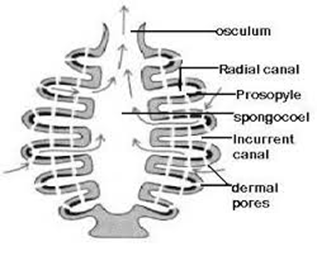Structure & Function Of Secondary Oocyte
Oocyte Structure
The egg or ovum is large in size as compared to the male sperm. It is non-motile and contains food in the form of yolk, glycogen, and protein. The ovum is composed of the following parts -
Plasmalemma
Primary membranes
Secondary membranes.
Primary membranes
Secondary membranes.
- Plasmalemma - It is the outer layer of the egg made up of lipoprotein. It is also known as the plasma membrane. This layer is 110 angstrom in thickness.
- Primary membranes - In certain reptiles and coelenterate another egg membrane is also presently known as a primary or secondary membrane. It is secreted around the plasma membrane by the follicle cells of the ovary itself. In birds, molluscs, insects, this membrane is called by vitelline membrane while in mammals it is known as Zona pellucida. This vitelline membrane is made up of fibrous protein and mucoproteins. The plasma membrane and vitelline membrane are separated by some space known as Perivitelline space.
- Secondary Membrane - The primary egg membrane is surrounded by another membrane for the protection of the embryo known as Secondary membrane. This membrane is secreted by oviduct and some reproductive organs of the body. In amphibians, it gives jelly-like appearance while in reptiles, and in birds, the egg membrane and shell are secondary membrane.



It's OK sir
ReplyDelete